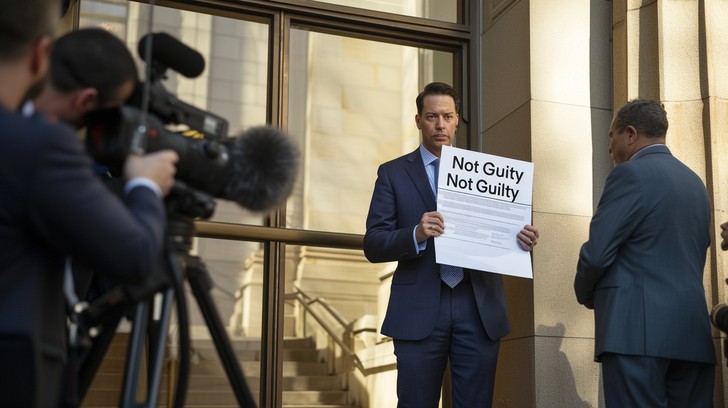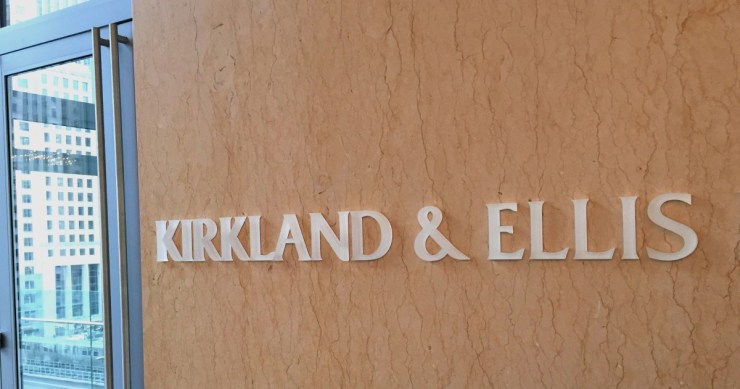Now Reading: No Bar for Withdrawal after Constitution of COC
-
01
No Bar for Withdrawal after Constitution of COC

No Bar for Withdrawal after Constitution of COC
A significant amendment by Act No. 26 of 2018 (w.e.f. 6-6-2018) was brought in the form of insertion of Section 12A which provided for withdrawal of applications admitted under Section 7, 9 or 10 of the Insolvency and Bankruptcy Code, 2016 (“Code”) with the approval of creditors representing 90% (ninety percent) of the voting share of the committee of creditors. Before this amendment, once the CIRP was initiated by admitting the application, there was no scope for withdrawal except for illegality to be shown or if it is without jurisdiction or for some other valid reason. The Hon’ble Supreme Court in exercise of its powers under Article 142 of the Constitution used to intervened, taking into consideration the settlement reached between the parties.
The Hon’ble Supreme Court in the matter of Uttara Foods and Feeds Pvt. Ltd. v. Mona Pharmacham observed that “relevant rules under the Code needs revision to ‘obviate unnecessary appeals to the SC in matters where an agreement between a Corporate Debtor and the creditors has been reached”. The said judgement of Hon’ble Supreme Court formed the basis for insertion of Section 12A. Subsequently, the constitutional validity of section 12A was also upheld in the matter of Swiss Ribbons by the Hon’ble Supreme Court.
Regulation 30A of the CIRP Regulations, 2016 specifies the manner for such withdrawal after admission. It provides that a withdrawal application may be submitted to the Adjudicating Authority: (a) before the CoC is constituted, through the Interim Resolution Professional, or (b) after the Committee of Creditors (CoC) is constituted, through the IRP or Resolution Professional (RP). If the application is made after an invitation for Expression of Interests (EOIs) has been issued, the applicant must give reasons justifying the withdrawal.
It further provides that (i) Where the withdrawal application is under (a) above, the IRP shall submit it to the AA on behalf of the applicant within three days of being informed of such a settlement having been arrived or otherwise (ii) Where the withdrawal application is under (b) above, the CoC shall consider it within seven days of being informed of such a settlement having been arrived. Where the CoC approves the application with the requisite 90 percent voting share, the RP shall submit the application, along with the approval of the CoC, to the AA on behalf of the applicant within three days of such approval.
The withdrawal application should be made on Form FA of the Schedule and submitted along with a bank guarantee towards the estimated costs incurred in relation to the corporate insolvency resolution process of the Corporate Debtor including costs of the Interim Resolution Professional/ or costs of the Resolution Professional till the date of filing of such an application.
Recently, Hon’ble National Company Law Appellate Tribunal (NCLAT) has dealt with the question of withdrawal of an application under Section 12A filed after constitution of committee of creditors in the matter of M/s. Ashish Ispat Private Limited vs. Primuss Pipes & Tubes Limited. The author by way of this article has analysed the facts and findings of the case and assessed the implication of the judgement passed in the said matter by Hon’ble NCLAT on the operational aspects of Section 12A.
Brief facts of the case have been enumerated as below:
- Ashish Ispat Private Limited (“Operational Creditor”) filed application under Section 9 of Code against Primuss Pipes & Tubes Limited (“Corporate Debtor”) seeking initiation of Corporate Insolvency Resolution Process (“CIRP”) of the Corporate Debtor.
- The said application was admitted on 04.08.2021.
- Interim Resolution Professional (“IRP”) made a public announcement in Form A on 06.08.2021.
- The Operational Creditor and Suspended Director of Corporate Debtor amicably settled the dispute and executed a Memorandum of Understanding on 25.08.2021.
- The IRP received Form-FA to withdraw the application in terms of Section 12A of the Code and accordingly IRP filed application bearing IA No.267 of 2021 for withdrawal of Section 9 on 25.08.2021.
- Committee of Creditors was formed on 27.08.2021 with two financial creditors. One of the creditors having 17% of voting shares dissented to the withdrawal and the Hon’ble Adjudicating Authority observed that application cannot be considered unless consent from the requisite majority of the Committee of Creditors is obtained. Aggrieved by the same, Operational Creditor and Suspended Director of Corporate Debtor preferred an appeal before Hon’ble NCLAT.
- The Operational Creditor submitted that Application for withdrawal was filed before the constitution of Committee of Creditors and the said application was sought to have been allowed by the Adjudicating Authority without obtaining consent of the Committee of Creditors.
- That one of the members of Committee of Creditors objected stating that there was a breach of settlement and Section 12A could not have been allowed.
The issue that came for the consideration of the Hon’ble NCLAT is whether the approval of the Committee of Creditors for withdrawal of Application was required or not when the application under Section 12A was preferred prior to the constitution of the Committee of Creditors. Summarily, Hon’ble NCLAT held that the statutory scheme under the Code makes it clear that when application is filed prior to constitution of Committee of Creditors, the requirement of ninety percent vote of Committee of Creditors is not applicable and the Adjudicating Authority has to consider the application without requiring approval of 90% vote of Committee of Creditors.
The Hon’ble NCLAT referred to and relied upon the judgement of Swiss Ribbons Private Limited & Another vs. Union of India & Others wherein Hon’ble Supreme Court held that at any stage, before a Committee of Creditor is constituted, a party can approach National Company Law Tribunal (NCLT) directly and that the Tribunal may, in exercise of its inherent powers under Rule 11 of NCLT Rules, allow or disallow an application for withdrawal or settlement and accordingly allowed the appeal filed by the Operational Creditor. The Hon’ble NCLAT also referred to and relied on the judgement of the Hon’ble Supreme Court in the matter of Kamal K. Singh vs. Dinesh Gupta & Anr. and its previous judgements in the matters of Anuj Tejpal vs. Rakesh Yadav & Anr. And Sunil Tandon v Manoj Kumar Anand, IRP & Ors. And observed that in view of fact that entire dues of the Operational Creditor were paid; application for withdrawal was filed on 25.08.2021 i.e., before constitution of the Committee of Creditors; therefore, there is no requirement seeking approval of ninety percent of the Committee of Creditors for considering the application.
The judgement delivered by the Hon’ble NCLAT can be regarded as a welcome step which allows closure of CIRP which is unwarranted in some cases, more so in cases where the initiation of CIRP is misplaced in view of overall performance and scheme of affairs of the corporate debtor. Further, it also opens up windows which is otherwise closed by virtue of Section 29A of the Code and allows right people to seek withdrawal from clutches of the Code.
Author:
Ravi Charan Pentapati
Partner, Link Legal
Disclaimer:
The contents of this article are for general information and discussion only and are not intended for any solicitation of work. This article should not be relied upon as legal advice or opinion.









